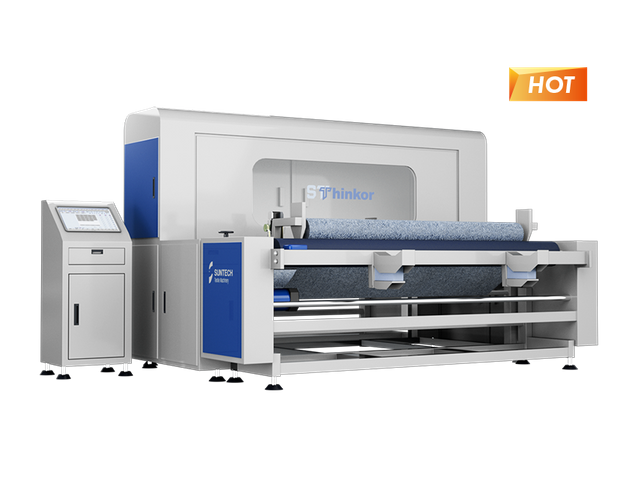In today’s fast-paced manufacturing environment, the need for precision and efficiency has never been more critical. One of the most significant advancements in this area is the visual inspection machine. These sophisticated devices are designed to enhance quality control processes, ensuring that products meet stringent standards before they reach consumers.

Understanding Visual Inspection Machines
A visual inspection machine utilizes advanced imaging technology to detect defects in products during the manufacturing process. But how do these machines work? Typically, they employ high-resolution cameras and artificial intelligence algorithms to analyze images of products in real-time. This allows for immediate identification of any discrepancies, which can then be addressed promptly.
Key Benefits of Visual Inspection Machines
- Increased Accuracy: By minimizing human error, visual inspection machines provide a higher level of accuracy in detecting defects.
- Enhanced Efficiency: These machines operate at high speeds, significantly reducing the time required for quality checks.
- Cost-Effectiveness: Although the initial investment may be substantial, the long-term savings from reduced waste and rework can be significant.
- Data Collection: Visual inspection machines can collect valuable data that can be analyzed to improve manufacturing processes.
Applications of Visual Inspection Machines
The versatility of visual inspection machines allows them to be used across various industries. For instance, in the electronics sector, they can inspect circuit boards for soldering defects. In the food industry, these machines ensure that packaging is intact and labels are correctly applied. The adaptability of these machines makes them indispensable in modern manufacturing.
Challenges and Considerations
While the advantages are clear, there are challenges associated with implementing a visual inspection machine. Companies must consider factors such as the initial cost, the need for staff training, and the integration of these machines into existing workflows. However, with proper planning and execution, the benefits often outweigh these challenges.
The Future of Quality Control
As technology continues to evolve, the capabilities of visual inspection machines are expected to expand. Innovations in artificial intelligence and machine learning will likely enhance their ability to detect even the most subtle defects. This evolution will not only improve product quality but also drive down costs and increase production efficiency.
For manufacturers looking to stay ahead in a competitive market, investing in a visual inspection machine is a strategic move. To explore advanced options, consider visiting  .
.
Conclusion
In conclusion, visual inspection machines are transforming the landscape of quality control in manufacturing. By embracing this technology, companies can enhance their operational efficiency, reduce costs, and ultimately deliver superior products to their customers. As we look to the future, it is clear that these machines will play a pivotal role in shaping the manufacturing industry.








